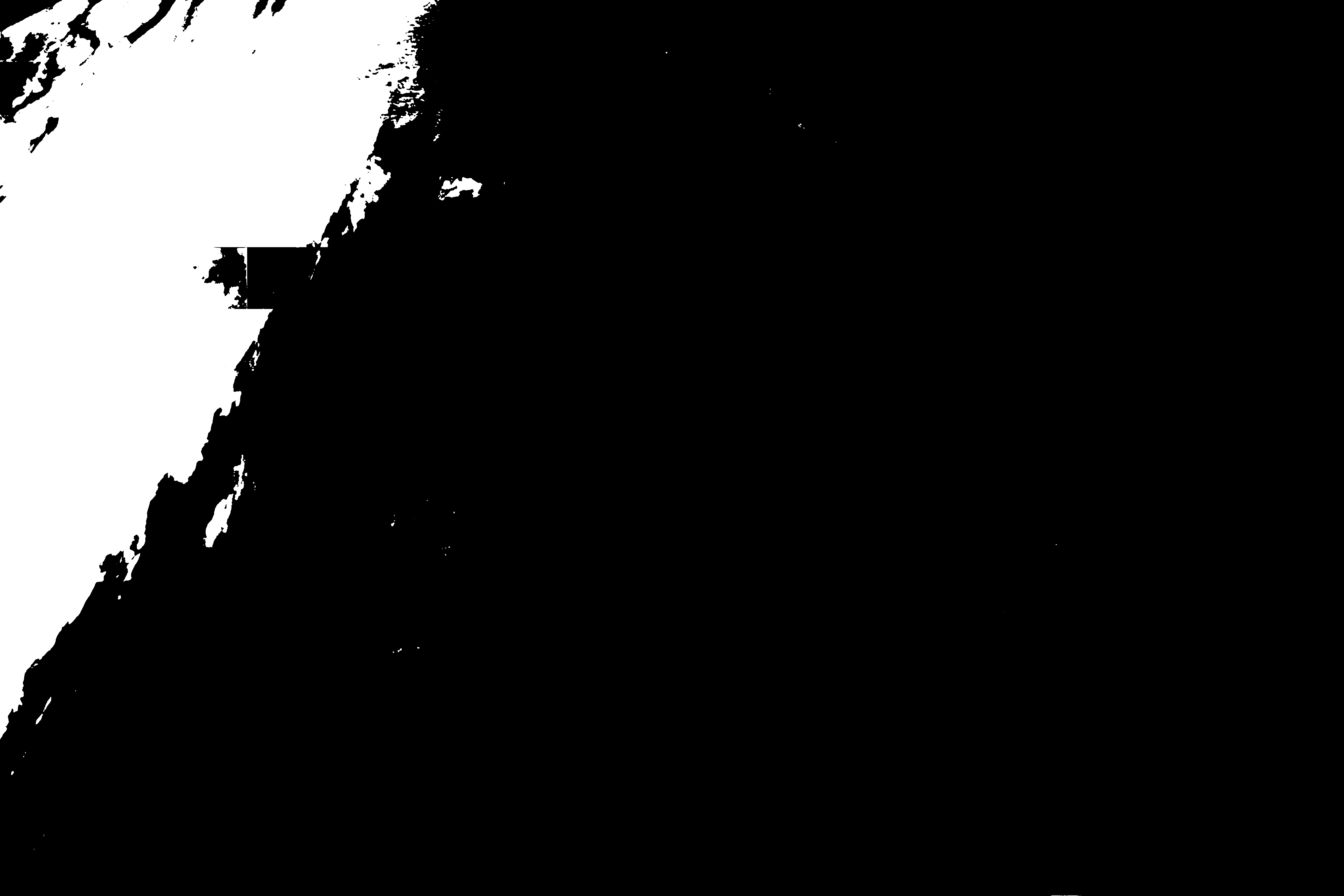ISS067-E-253753
| NASA Photo ID | ISS067-E-253753 |
| Focal Length | 17mm |
| Date taken | 2022.08.11 |
| Time taken | 12:24:24 GMT |
4989 x 3326 pixels 720 x 480 pixels 5568 x 3712 pixels 640 x 427 pixels
Country or Geographic Name: | IRELAND |
Features: | CELTIC SEA, IRISH SEA, ST.GEORGE'S CHANNEL, NORTH CHANNEL, BRISTOL CHANNEL, ENGLISH CHANNEL, SEDIMENT |
| Features Found Using Machine Learning: | |
Cloud Cover Percentage: | 25 (11-25)% |
Sun Elevation Angle: | 54° |
Sun Azimuth: | 177° |
Camera: | Nikon D5 Electronic Still Camera |
Focal Length: | 17mm |
Camera Tilt: | 21 degrees |
Format: | 5568E: 5568 x 3712 pixel CMOS sensor, 35.9 x 23.9 mm, total pixels: 21.33 million, Nikon FX format |
Film Exposure: | |
| Additional Information | |
| Width | Height | Annotated | Cropped | Purpose | Links |
|---|---|---|---|---|---|
| 4989 pixels | 3326 pixels | No | Yes | NASA's Earth Observatory web site | Download Image |
| 720 pixels | 480 pixels | Yes | Yes | NASA's Earth Observatory web site | Download Image |
| 5568 pixels | 3712 pixels | No | No | Download Image | |
| 640 pixels | 427 pixels | No | No | Download Image |
An astronaut on the International Space Station took this photograph during a rare clear day over Ireland and Great Britain. The wide view captures the contrasting colors of various land cover types present across the two islands.
Coastal mountains and rough terrain flank the western edge of Ireland, making the peninsulas there appear browner than the more vegetated (green) areas of central Ireland. The central region is composed of plains with bogs and hilly lowlands, largely consisting of assorted forests, agriculture, and pastures. Similar green tones carry over to the western side of Great Britain.
Many of the tan areas on the eastern side of Great Britain are within a rain shadow created by the uplands and mountains to the west. Weather systems move from west to east, and higher elevation areas on the west receive more rainfall than the lower eastern side. The tan color reflects grasslands where the vegetation was stressed due to high temperatures and drought conditions when this image was taken in summer 2022.
Cities are scattered across both islands, visible as dark-gray and white areas. Great Britain has the highest population density in the region, as indicated by the spatially extensive urban and suburban colors around London, Birmingham, and Manchester.
Across both islands, more than 78,200 square kilometers (30,200 square miles) of land (24 percent) is dedicated to conservation. These areas protect over 10,000 habitats that are used for breeding, migration, and shelter to flora and fauna, such as wildfowl, bats, and mosses.



